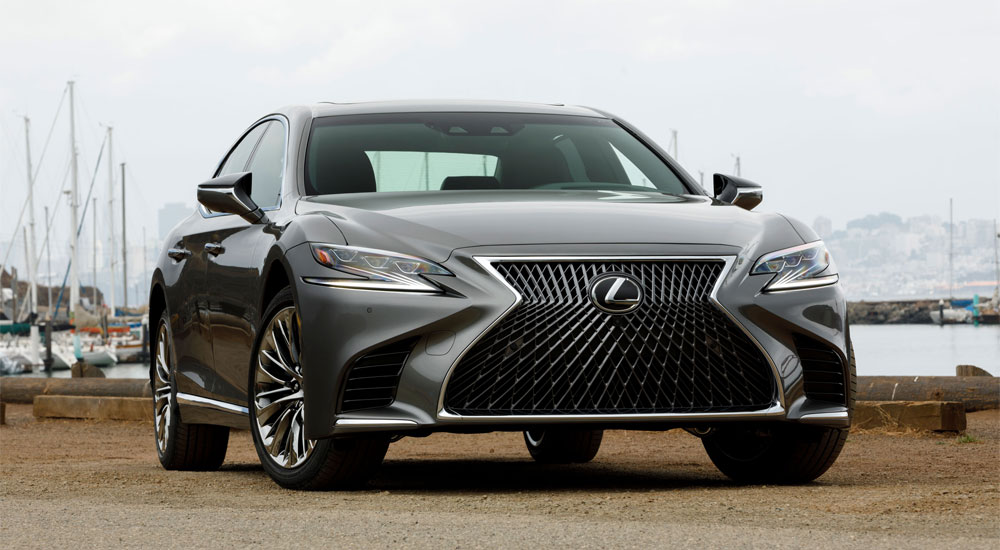Manganese Luster is a new exterior color that will debut on the 2018 Lexus LS — it’s a beautiful dark silver, with a deep finish similar to Infrared or Ultra Sonic Blue:
Here’s the accompanying photo gallery of the beautiful new color:

Posted by ![]() Kevin on September 24th, 2017
Kevin on September 24th, 2017
Manganese Luster is a new exterior color that will debut on the 2018 Lexus LS — it’s a beautiful dark silver, with a deep finish similar to Infrared or Ultra Sonic Blue:
Here’s the accompanying photo gallery of the beautiful new color:
Sorry. No data so far.

Comments